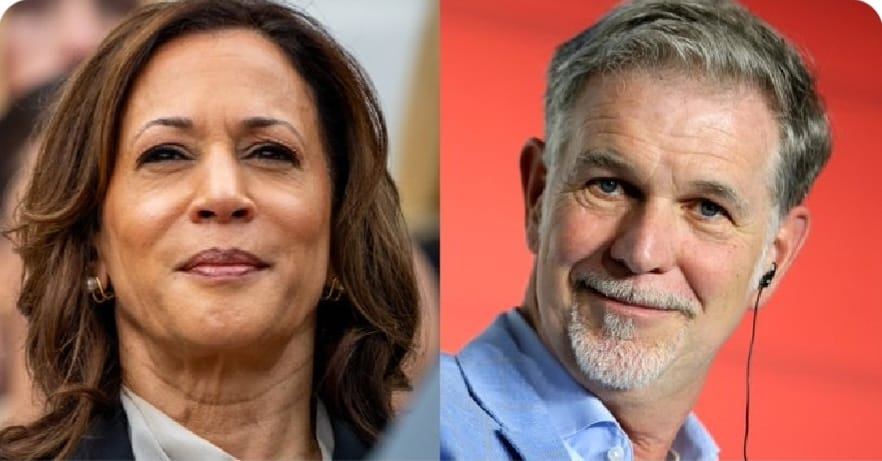THE world’s biggest central banks are on the starting line of reversing a record string of interest rate hikes but the way down for borrowing costs will look very different from the way up.
There will be no floodgates or fireworks. Instead, banks on opposite sides of the Atlantic are likely to move in the smallest increments with periodic pauses, fearing that ultra-low unemployment could rekindle inflation rates still above their targets.
The eventual bottom for interest rates is also set to be far higher than the historic lows of the last decade and mega-shifts in the structure of the global economy could put borrowing costs on a higher path for years to come.
Central banks started to jack up rates from late 2021 as post-pandemic supply constraints and surging energy prices on Russia’s war in Ukraine sent inflation into double-digit territory across much of the world.
This seemingly synchronised response tamed prices and inflation will be just above or already at target – 2 per cent for most big economies – this year.
“The bottom line is that across the OECD (Organisation for Economic Co-operation and Development), central banks… are softening up again, or are about to do so,” investment bank Macquarie said in a note to clients.
Indeed, the Swiss National Bank became the first major central bank ease policy on Thursday with a surprise 25 basis point cut to its key rate as inflation is already in the 0 to 2 per cent target range.
The move also ends rampant investor speculation that policymakers will be hesitant to move before the US Federal Reserve since any rate cut is certain to weaken a currency and push up imported inflation.
The European Central Bank (ECB) is bound to be next in June after incessantly repeated references to that meeting painted the bank into a corner.
The US Federal Reserve and the Bank of England (BOE) both hinted they could be next, but have kept their language sufficiently vague to make moves in either June or July possible, provided data do not upset plans.
Still, investors expect the Fed, the ECB and the BOE to each deliver only 75 basis points of cuts by the end of this year, in three 25 basis point moves, tiny changes compared to rate hikes in 2022 when they sometimes increased rates by that much in a single day.
The pricing also suggests cuts at just three out of the five meetings each will hold between June and the end of the year, so pauses are also on the cards.
To be sure, these banks are not the first to cut rates. Some emerging market economies, like Brazil, Mexico, Hungary and the Czech Republic have all cut rates already, but financial markets take their cue from the major central banks, so their influence on financial instruments is oversized.
Outlier
The Fed could, in fact, end up being the outlier this time.
The US economy is chugging along and the Fed even upgraded its growth projections this week, meaning it may end up cutting rates when growth remains strong, or delaying cuts if inflation proves stubborn. In Europe, data continues to paint a bleak picture, with activity stabilising at a low level.
The US election in November adds to the Fed’s dilemma.
Policymakers do not want to be seen interfering with the vote, so if they cut, they need to do it well clear of November.
“Traditionally, the Fed would not pivot rates policy to cushion inequality,” Societe Generale strategist Albert Edwards said. “But growing inequality has been a key issue ever since the 2008 Global Financial Crisis triggered a backlash against ‘The Establishment’ – most evident in the rise in popularism.”
“Might the unfolding inequality crisis force the Fed to bow to intense political pressure to cut rates faster and deeper? I think that is entirely plausible,” Edwards said.
Fed chair Jerome Powell in congressional testimony earlier this month said policymakers would “keep our heads down and do our jobs” ahead of the elections.
All the while Europe continues to struggle. Germany is in recession, Britain is barely growing after a recession, and the rest of the continent is staying in positive territory mostly from unexpectedly strong data out of Southern Europe, traditionally the eurozone’s weak spot.
Where rate cuts could end in either 2024 or 2025 remains far too uncertain but policymakers appear confident that the ultra low rates – negative in some cases – will not be revisited.
In fact, some argue that the world is undergoing such profound changes that the historic downtrend in the so-called neutral rate, which neither stimulates nor slows growth, could reverse.
“We may now be facing such a turning point,” ECB Executive Board member Isabel Schnabel said this week.
“The exceptional investment needs arising from structural challenges related to the climate transition, the digital transformation and geopolitical shifts may have a persistent positive impact on the natural rate of interest.” REUTERS







